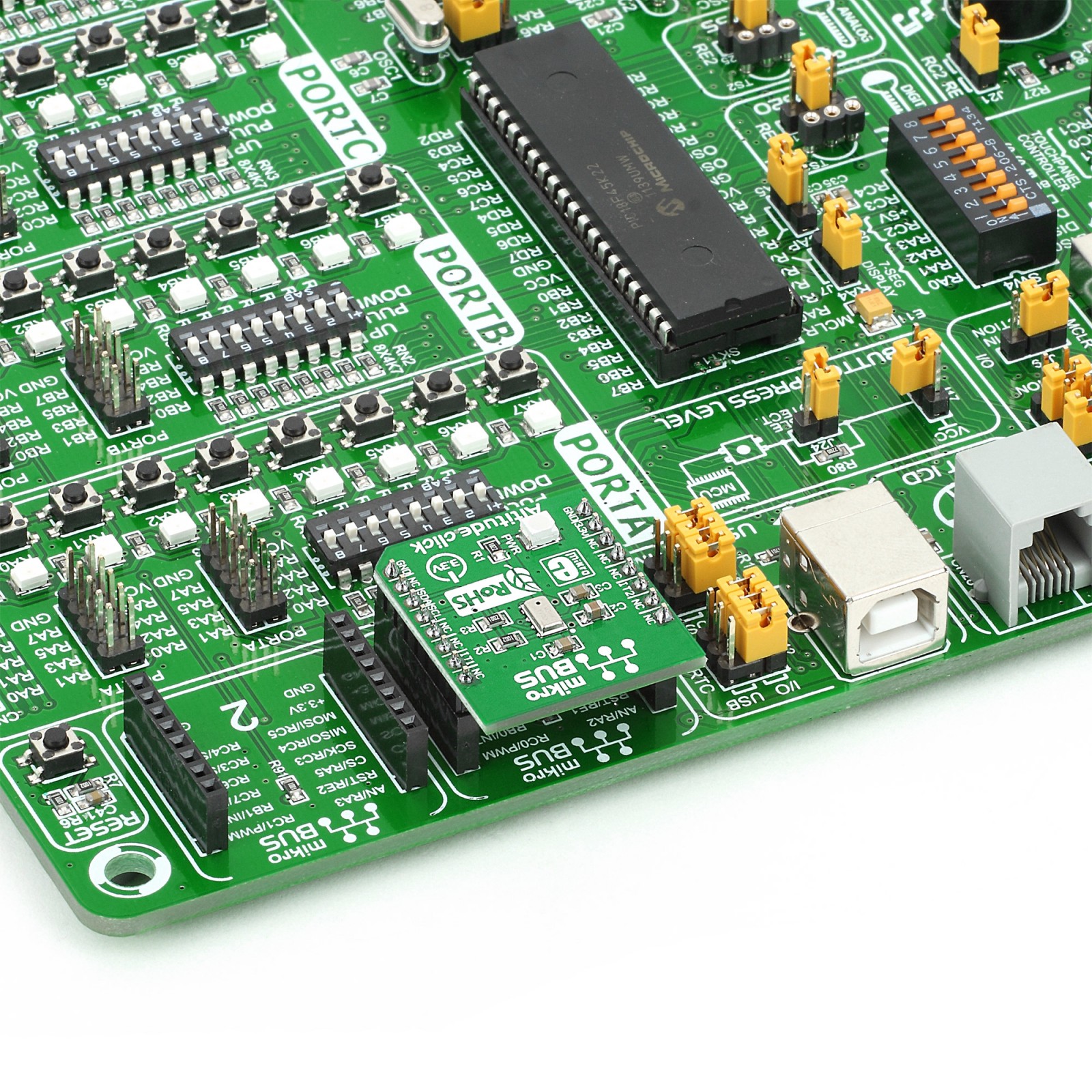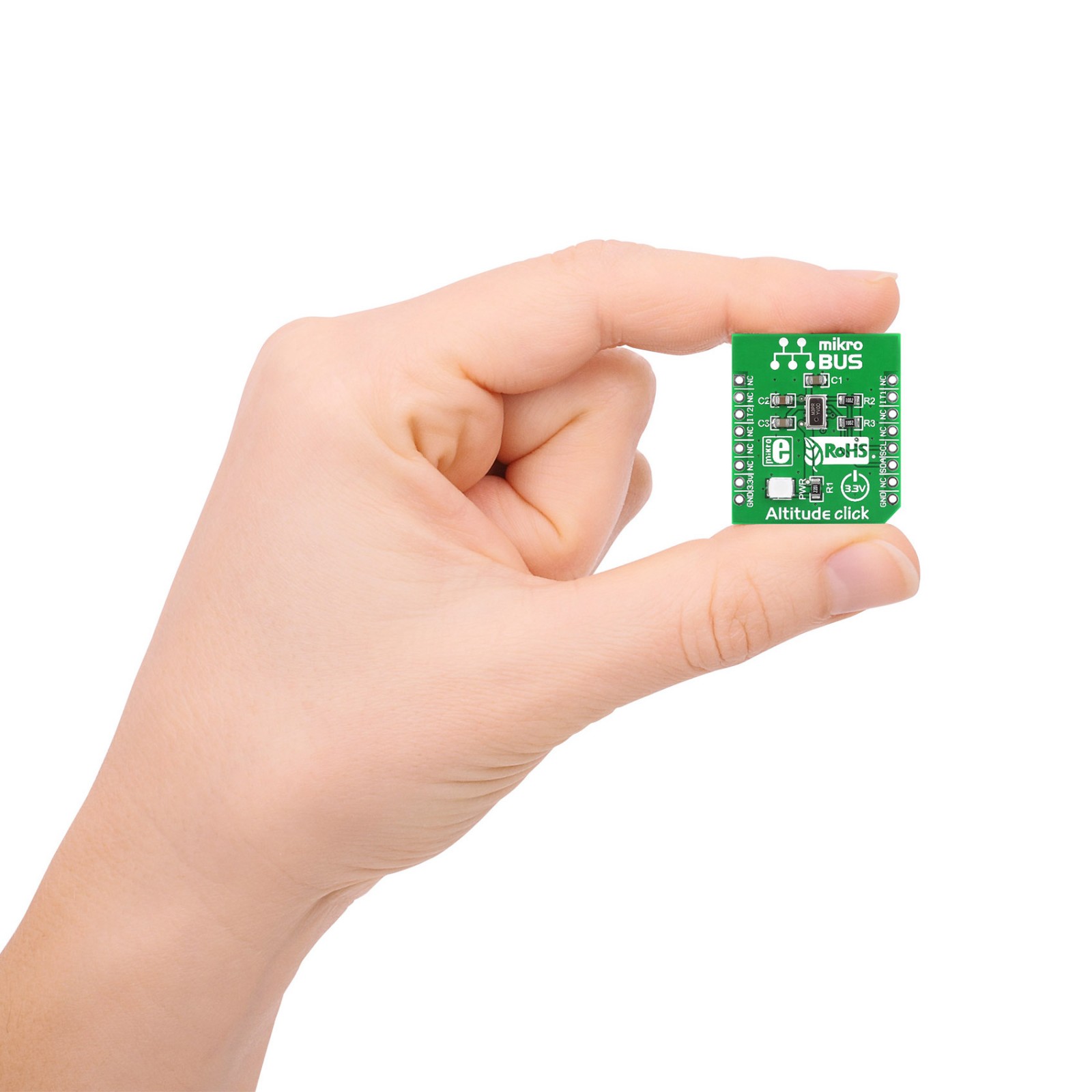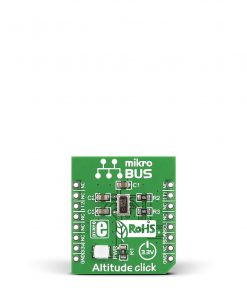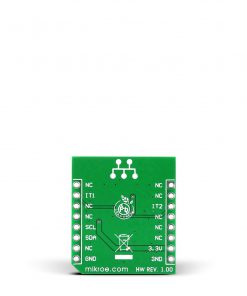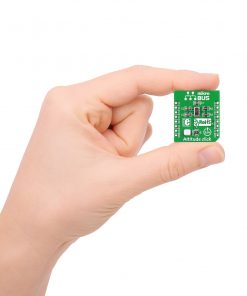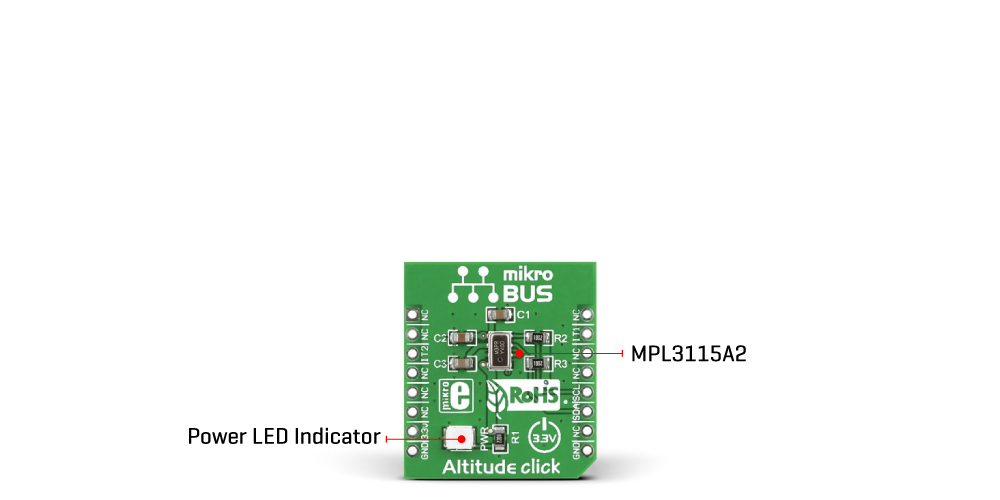-
×
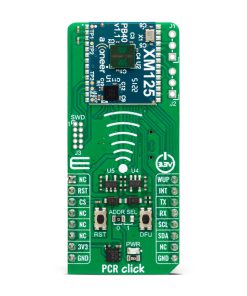 PCR Click
1 × R1,100.00
PCR Click
1 × R1,100.00 -
×
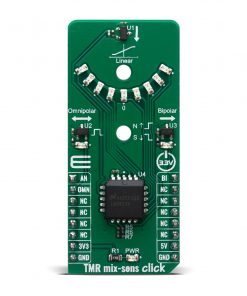 TMR mix-sens click
1 × R445.00
TMR mix-sens click
1 × R445.00 -
×
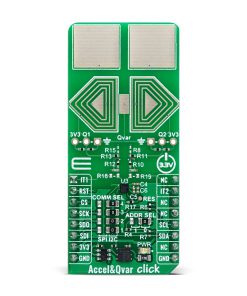 Accel&Qvar Click
1 × R425.00
Accel&Qvar Click
1 × R425.00 -
×
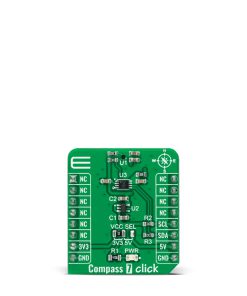 Compass 7 Click
1 × R270.00
Compass 7 Click
1 × R270.00 -
×
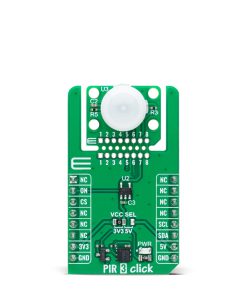 PIR 3 Click
1 × R560.00
PIR 3 Click
1 × R560.00 -
×
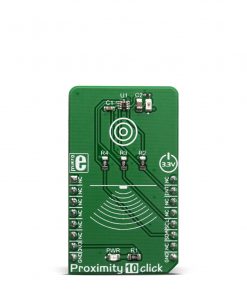 Proximity 10 Click
1 × R540.00
Proximity 10 Click
1 × R540.00 -
×
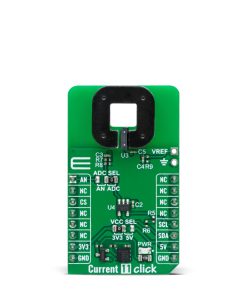 Current 11 Click
1 × R560.00
Current 11 Click
1 × R560.00 -
×
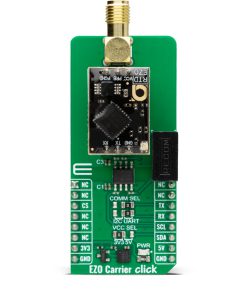 EZO Carrier Click - RTD
1 × R2,650.00
EZO Carrier Click - RTD
1 × R2,650.00
Subtotal: R6,550.00



